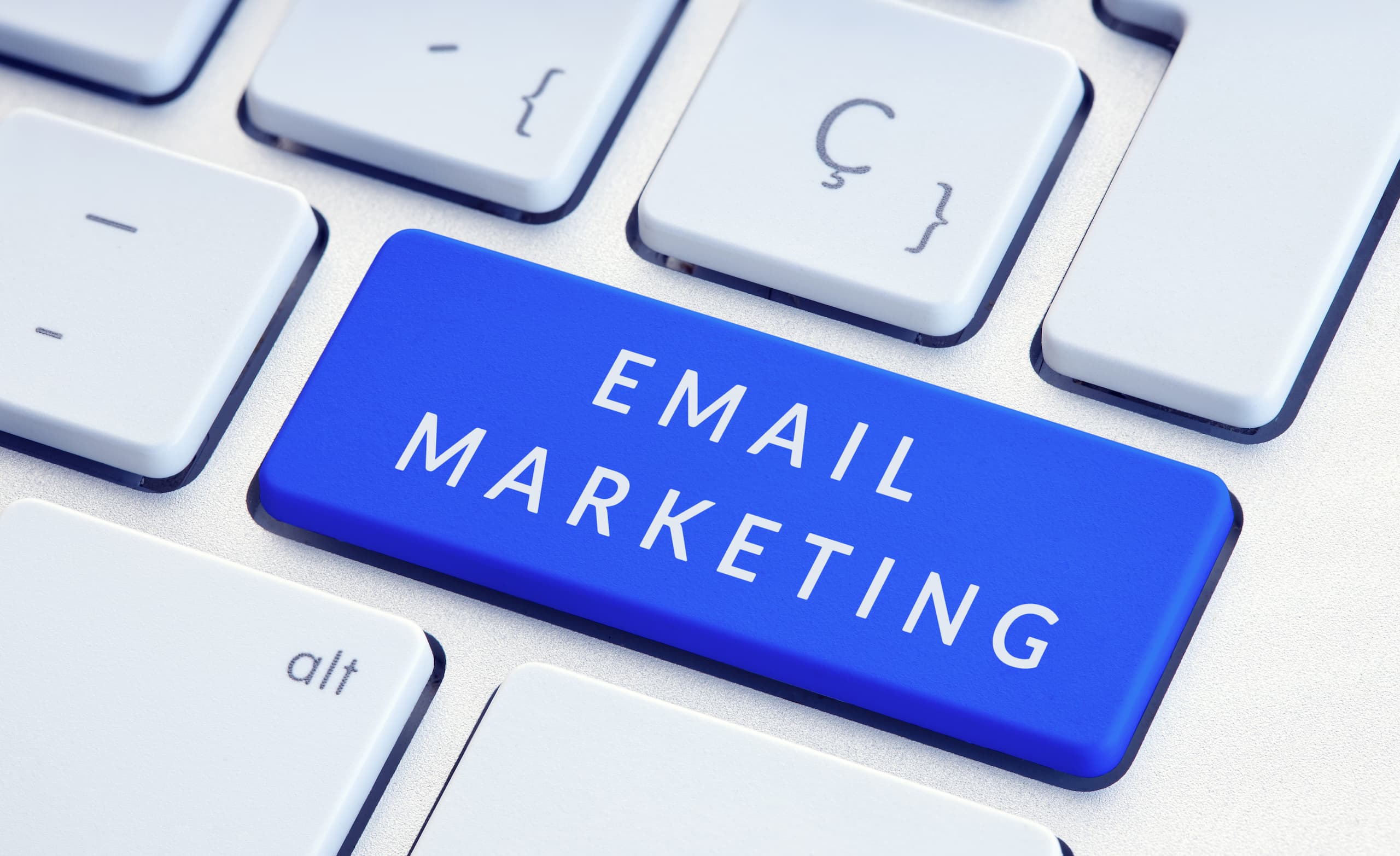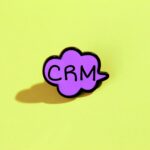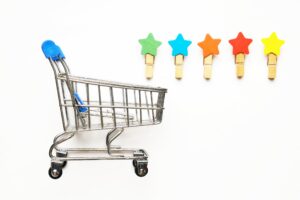
Email marketing remains one of the most effective strategies for connecting with your audience and converting leads into customers. However, in an increasingly competitive environment, optimizing these campaigns is key to maximizing their impact. This is where enriched data comes into play. In this article, we will explore how you can use enriched data to improve every aspect of your email marketing campaigns, from segmentation to personalization and measuring results.
What Are Enriched Data and How Can They Improve Your Email Marketing Campaigns?
Enriched data are additional information that is added to the basic data you already have about your customers or subscribers. This can include demographic, behavioral, transactional, and contextual data, providing a more complete and detailed view of your audience. By using enriched data, you can:
- Personalize your messages more effectively, increasing relevance and engagement.
- Segment your audience more precisely, targeting specific messages to specific groups.
- Improve open and conversion rates by sending content more aligned with the interests and needs of your subscribers.
For example, if you know a client’s purchase history, you can send them recommendations for related products or special promotions based on their previous preferences.
How to Collect and Use Enriched Data for Email Marketing
To fully leverage enriched data, it is crucial to know how to collect and use it correctly. Below, we explain how to do it:
Collection of Enriched Data
There are several ways to collect enriched data about your subscribers:
- Subscription Forms: Include additional questions in your subscription forms to gather valuable information from the start.
- Website Interactions: Use analytics tools to track user behavior on your website, such as the pages they visit or the products they buy.
- Integrations with CRM and Other Tools: Connect your email marketing platform with your CRM and other automation tools to access additional data about your clients.
- Surveys and Direct Feedback: Ask your subscribers to provide additional information through surveys or feedback forms.
Use of Enriched Data in Email Campaigns
Once you have collected this data, it’s time to use it to optimize your campaigns. Some strategies include:
- Advanced Segmentation: Use enriched data to create more specific segments within your subscriber list.
- Content Personalization: Adapt the content of your emails based on the information available about each subscriber, such as their location, purchase history, or personal interests.
- Behavior-Based Automation: Set up automated workflows that trigger based on actions taken by your subscribers, such as downloading a resource or visiting a specific page on your website.
Strategies to Segment Your Email Lists with Enriched Data
Segmentation is fundamental to the success of email marketing, and enriched data can take your segmentation to the next level. Here are some strategies to do it:
Demographic Segmentation
Use demographic data, such as age, gender, or geographic location of your subscribers, to create more precise segments. For example, you could send specific promotions to customers in certain regions during local events or adjust the tone and style of the message according to the age group.
Behavioral Segmentation
Behavioral data, such as purchase history or activity on the website, allows you to segment your subscribers based on their past actions. For example, you can target those who have abandoned their shopping cart with a personalized reminder or send product recommendations based on previous purchases.
Psychographic Segmentation
Psychographic segmentation is based on the interests, values, and lifestyles of your subscribers. By learning more about what matters to them, you can personalize your messages to resonate with their personal motivations.
How to Personalize Your Email Campaigns with Enriched Data
Personalization is key to success in email marketing, and enriched data allows you to carry it out more effectively. Below, we explain how:
Use of Personalized Names and Titles
Incorporating a subscriber’s name or title in the subject line or body of the email can make the message feel more personal and attractive. However, with enriched data, you can go beyond just names.
Dynamic Content Based on Data
Dynamic content allows you to change parts of the email based on the specific data of each subscriber. For example, you can show different products to different customer segments based on their purchase history or preferences.
Personalized Offers and Promotions
Enriched data allows you to offer personalized promotions that truly interest each subscriber. This not only improves the customer experience but also increases the likelihood of conversion.
Use of Enriched Data to Improve Email Delivery and Open Rates
One of the main challenges in email marketing is ensuring that your emails reach your subscribers’ inboxes and are opened. Enriched data can help you improve both deliverability and open rates:
Optimization of Send Time
By analyzing data on when your subscribers typically open their emails, you can optimize the send time to maximize open rates. Enriched data can provide insights into the preferred times of each segment of your list.
Personalization of Subject Lines
Personalized subject lines based on specific subscriber data can significantly increase open rates. Use relevant information, such as the subscriber’s name, location, or purchase history, to create more attractive subject lines.
Improvement of Sender Reputation
A good sender reputation is crucial to ensure that your emails reach the inbox and not the spam folder. Use enriched data to send relevant content and reduce bounce rates, which will improve your reputation with email service providers.
How to Measure and Analyze the Impact of Enriched Data in Your Email Campaigns
Measuring the impact of enriched data in your email marketing campaigns is essential to understand their effectiveness and make continuous adjustments. Here’s how to do it:
Key Metrics to Measure Success
Some key metrics you should monitor include:
- Open Rate: How many of your subscribers are opening your emails?
- Click-Through Rate (CTR): How many clicks are you getting on the links within your emails?
- Conversion Rate: How many subscribers are taking the desired action after opening your email?
Data Analysis to Identify Patterns and Trends
Use analysis tools to identify patterns and trends in subscriber behavior. This will help you understand which segments respond better to your campaigns and which personalization elements are most effective.
Continuous Adjustments and Optimization
With the data in hand, make continuous adjustments to your campaigns to improve their effectiveness. Test different strategies for segmentation, personalization, and dynamic content to see which delivers the best results.
Best Practices for Optimizing Email Campaigns with Enriched Data
To maximize the impact of enriched data in your email campaigns, it’s important to follow some best practices:
Maintain Relevance and Personalization
Ensure that all personalization elements are relevant to the subscriber. Irrelevant personalization can result in a poor experience and increase unsubscribe rates.
Respect Privacy and Consent
It is essential to respect the privacy of your subscribers and ensure that you are using their data ethically and in compliance with data protection regulations, such as GDPR.
Regularly Conduct A/B Testing
Use A/B testing to experiment with different elements of your campaigns, such as subject lines, content, and personalized offers. This will allow you to identify which strategies work best.
Case Studies: Successes in Optimizing Email Campaigns with Enriched Data
Case studies are an excellent way to see how other companies have used enriched data to optimize their email marketing campaigns. Below, we present some examples of success:
Case Study 1: Improving Personalization in an Online Store
An online store used enriched data to personalize its email campaigns based on its customers’ purchase history. By sending product recommendations based on previous purchases, they managed to increase their conversion rate by 20%.
Case Study 2: Advanced Segmentation in a Retargeting Campaign
A software company implemented an advanced segmentation strategy using enriched data to identify customers who had shown interest in specific products. By targeting these segments with personalized offers, they increased their email revenue by 15%.
Case Study 3: Increasing Open Rates with Personalized Subject Lines
A subscription service used enriched data to create personalized subject lines, resulting in a 25% increase in their open rate and greater overall engagement.
Tools and Technologies for Optimizing Email Campaigns with Enriched Data
To implement and manage the optimization of email campaigns with enriched data, you need the right tools. Here are some of the most effective:
Email Marketing Platforms
Platforms like Mailchimp, HubSpot, and Klaviyo offer advanced functionalities for segmenting and personalizing campaigns based on enriched data.
Data Analysis Tools
Use data analysis tools like Google Analytics and Tableau to extract valuable insights from your email campaigns and improve decision-making.
CRM Integrations
Connecting your email marketing platform with a CRM like Salesforce or Zoho allows you to access a broader set of enriched data and use it to personalize and optimize your campaigns.
Conclusion
The optimization of email marketing campaigns with enriched data is a powerful strategy that can take your marketing efforts to the next level. By fully leveraging personalization, segmentation, and data analysis, you can create more effective campaigns and significantly improve engagement with your audience. With the right tools and techniques, you can transform your email campaigns into a conversion and growth engine for your business.






No comment yet, add your voice below!